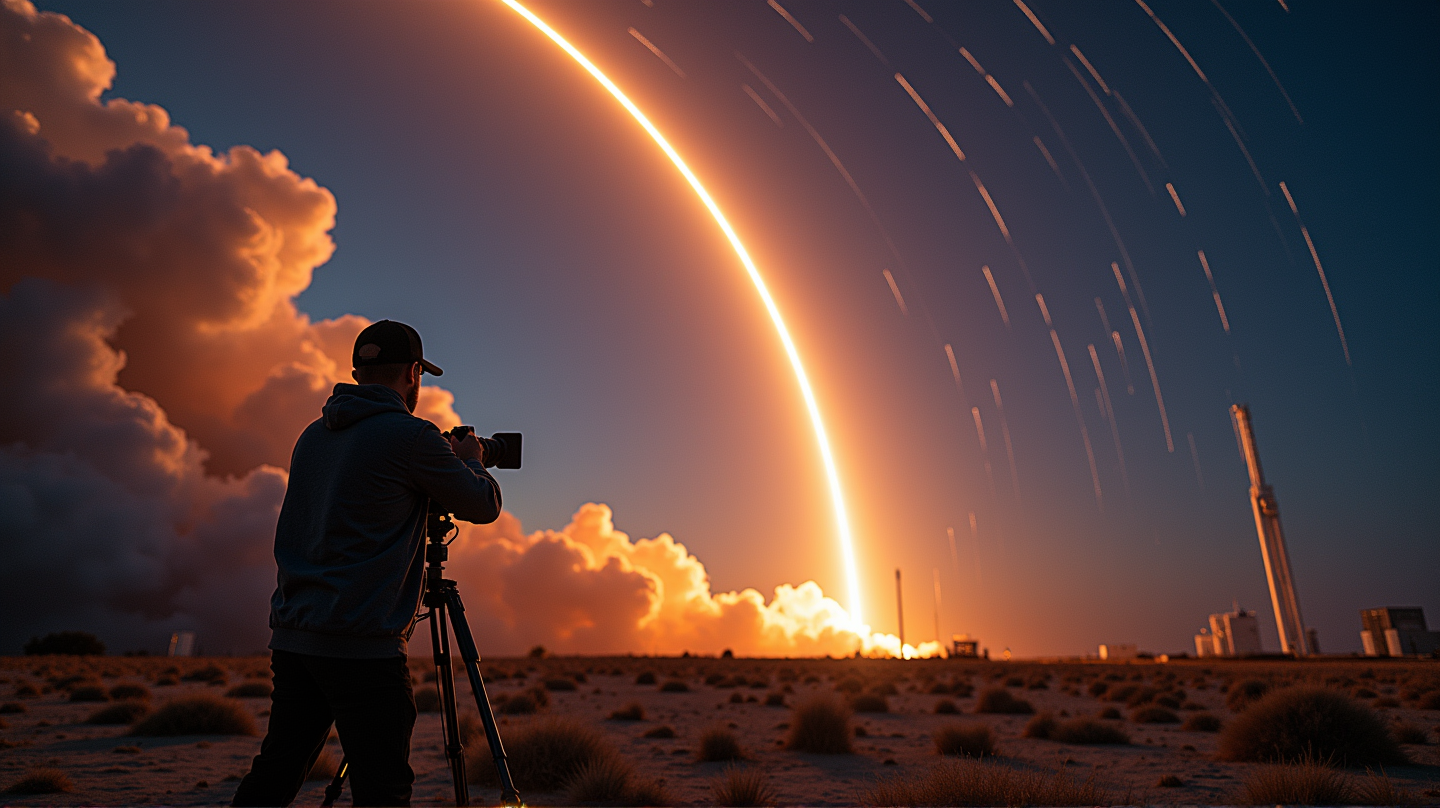Breaking the Sound Barrier: Vandenberg's Sonic Boom Research
Vandenberg SFB pioneers new research on ascent sonic booms, revolutionizing launch acoustics understanding and addressing environmental concerns.

Guardians of the Sky
At the forefront of American innovation, Vandenberg Space Force Base (VSFB) is ensuring the United States maintains its edge in the burgeoning frontier of space exploration. The dedicated Guardians and Airmen here are not just overseeing the safeguarding of U.S. interests in space, but are also pioneering a groundbreaking collaboration that promises to redefine our understanding of launch acoustics and sonic booms.
Pioneering the Unseen
In partnership with esteemed institutions including Brigham Young University and NASA, this research effort tackles a largely unexplored phenomenon—the complex sonic boom patterns generated by rocket launches. Unlike the well-charted acoustic shock waves of aircraft, these patterns reveal new potentials and challenges that rocket launches introduce during their ascent. As stated in DVIDS, this research is transforming how we approach space launches with a novel focus on communal and environmental impacts.
Catching Sonic Waves
Leading the academic charge, Kent Gee of Brigham Young University illuminates the nuanced nature of these booms. “Imagine trying to catch lightning in a bottle,” he marvels, highlighting the unpredictable audibility of these sonic events based on various factors, from launch trajectory to atmospheric conditions. Each launch, though potentially methodical, creates an orchestra of unexpected soundscapes for researchers to decipher, especially within the microclimates tracking along California’s coast.
Balancing Act: Technology and Ecology
Yet the work is far from theoretical. Vandenberg SFB Commander, Col. Mark Shoemaker articulates the delicate equilibrium between launching operational satellites and minimizing acoustic disturbances. Working alongside commercial partners like SpaceX, Shoemaker’s team ensures that launches occur at times unlikely to disrupt the local populace, while also factoring in nocturnal necessities dictated by orbital needs.
Commitment to Environmental Stewardship
Beyond technical advancements, Vandenberg’s commitment to environmental stewardship is emblematic of the future of space exploration. An interagency forum, meeting quarterly since September 2024, consolidates efforts from entities like the U.S. Fish and Wildlife Service and the FAA. This collective aims to harmonize technological progress with ecological respect, keeping coastal California’s natural habitats at the heart of planning and decision-making.
A Sound Future
Revealing unexpected into the dynamic relationship between space exploration and environmental science, this collaborative research at Vandenberg is not merely an academic pursuit but a testament to the necessary symbiosis between advancement and awareness. For a nation consistently reaching towards stars, these discoveries underscore a vigilant dedication to both innovation and respect for our earthly origins.

